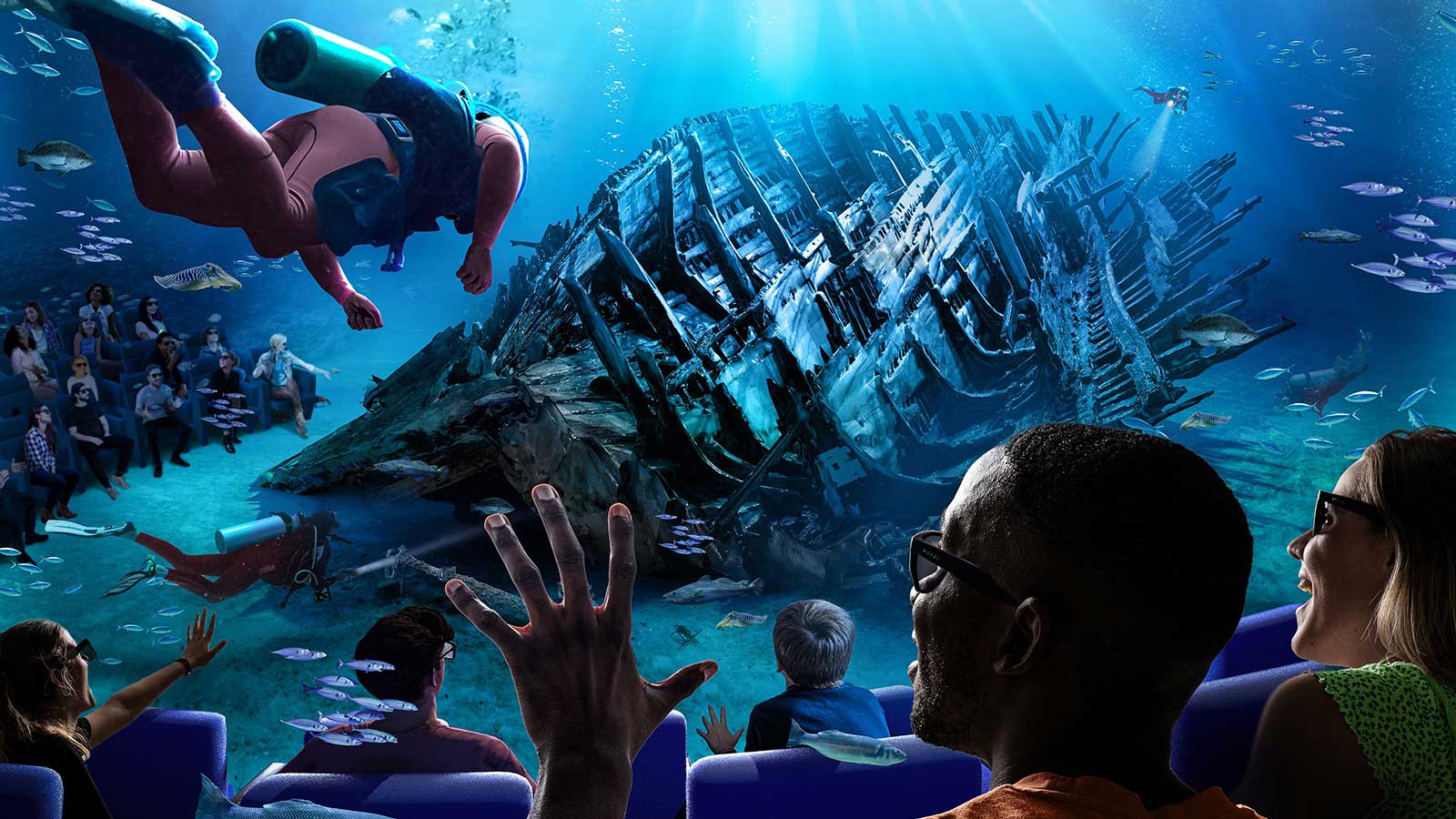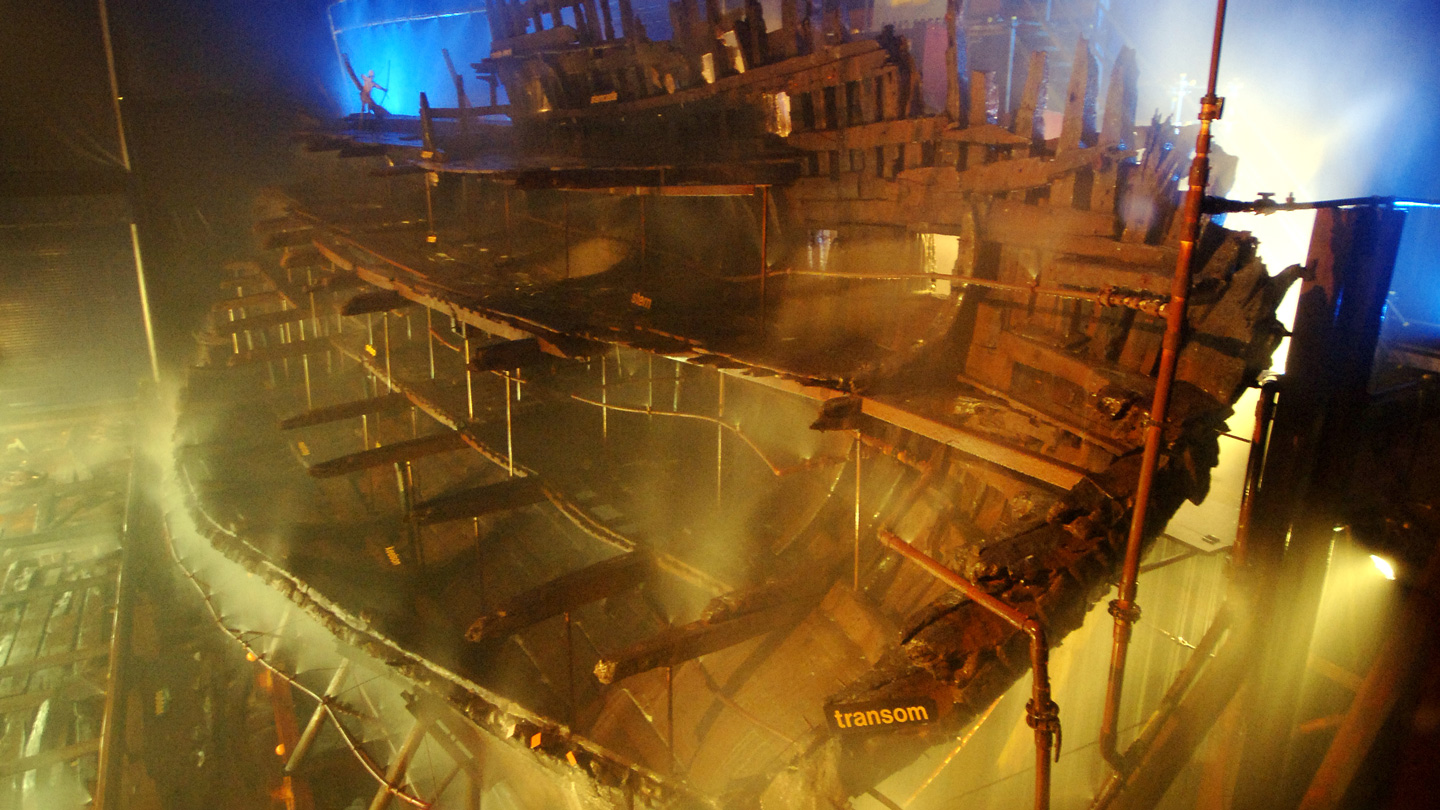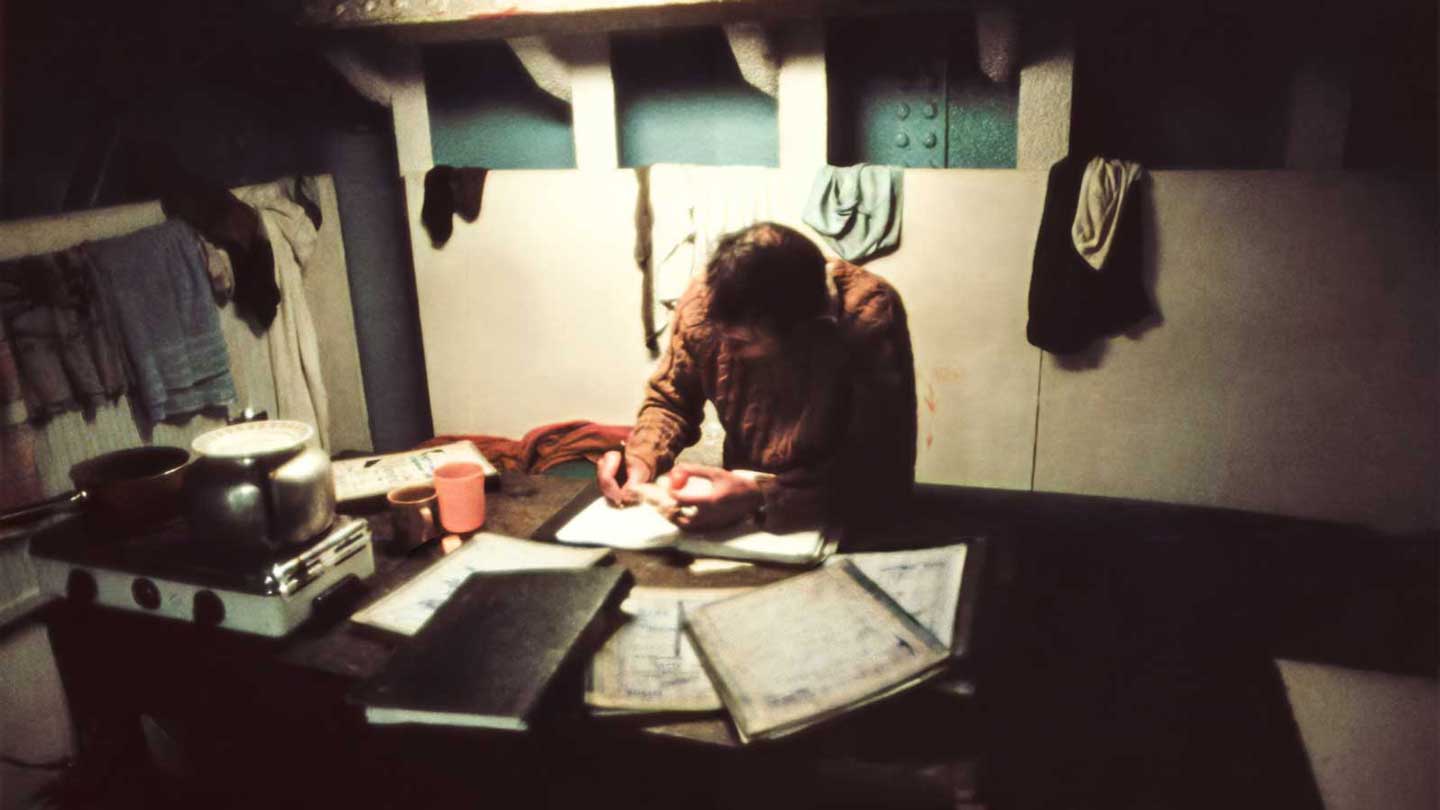May Day 1971. A team of divers gathered at Flathouse Quay Portsmouth on the first day of their sixth diving season searching the Solent seabed for the Mary Rose. Margaret Rule, a land archaeologist assisting with recording and conservation, records:
Weather bright sunshine, fresh breeze. Forecast Force 5 in afternoon. Away at 10.45, 13 divers on deck.
The first to dive, described by project leader Alexander McKee as their ‘gun dog’ (due to his underwater navigation skills) was Percy Ackland, who reminisces:
Once out of the harbour the sea got quite bumpy. As Julie Anne plodded steadily on past Spit Bank Fort, I started to kit up, Mac wanted the end of last season’s excavation buoyed.
Margaret Rule continues:
11.30 onsite. Fresh wind from south-east veering east. Ladder over side, diving flag hoisted. 11.40 am. Dive 1, Percy.
Percy recalls:
I gave an involuntary shiver as I hit the water and made my way down the anchor line, paying out the buoy line as I went. Julie-Anne was slapping around in the swell; the motion did not agree with my stomach… Visibility was a gloomy three to four feet…The trench should be about 20 feet west-south-west. I headed in that direction for about 30 feet and found nothing, just virgin seabed – light semi-fluid silt… I surfaced to check with Mac. “Yes”, he said, “The anchor is not spot -on, go south. At the anchor I paused. Feeling the current I swam a southerly course.
Still feeling queasy, Percy is taken east with the tide. Regaining composure, he heads south-west for about 80 feet.
“I noticed a change in the bottom, a ledge. I swam along the ledge and found a fragment of timber, I felt around it. It was not attached to anything. I looked ahead and saw an indistinct dark object and moved towards it. It looked like a frame. IT WAS A FRAME! Eroded at the top like a pyramid about two inches by 10 inches. Six inches away was another one and beyond that another. I moved along, noticing they ran north to south. I found more frames- this time with planking attached. This must be the Mary Rose! I attached my line, now where was Tony’s boat? I headed north-west, pausing every 40 feet to see if I recognised anything. After four pauses I ran into Tony’s big anchor. Phew! That was a fluke. FLUKE! I laughed to myself deliriously, attached the line and buried the reel in the clay… I surfaced… A row of faces peered at me. Not wishing to cause a stir I said to Mac, can you dive, Mac? As bad as that? Mac said, not catching on. Yes, I replied. I have found something, but not what we expected.

The three orange squares mark the first three timbers to be discovered by Percy Ackland, as shown in the image at the top of this page.
Diving later that day Alexander McKee noted that the first frames seen were exposed in a wide gully four feet deep, crossed by a drag mark from an anchor. At one end of the gully, in a tangled heap, were the teams old concrete mooring blocks still connected by wire. Over winter a vessel had inadvertently exposed the timbers by snagging the old moorings! What a fluke!!!
By days end 66 feet of timbers from the side of a ship of about 150 feet long had been exposed and sketched. At last, on May Day 1971, the Mary Rose had been found.

The site as revealed by excavation between 1971 and 1978.

The excavation of the Mary Rose by Jon Adams




